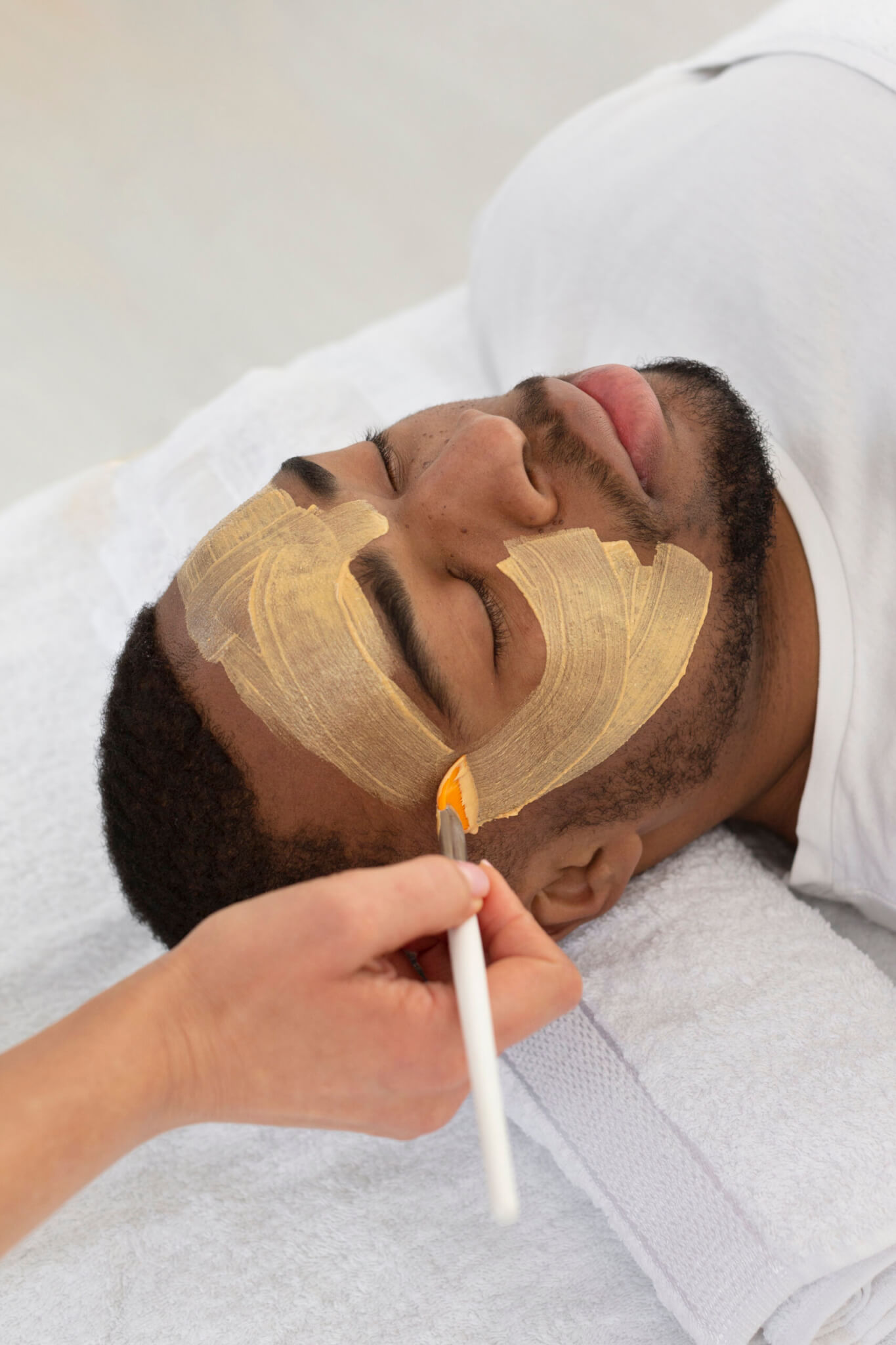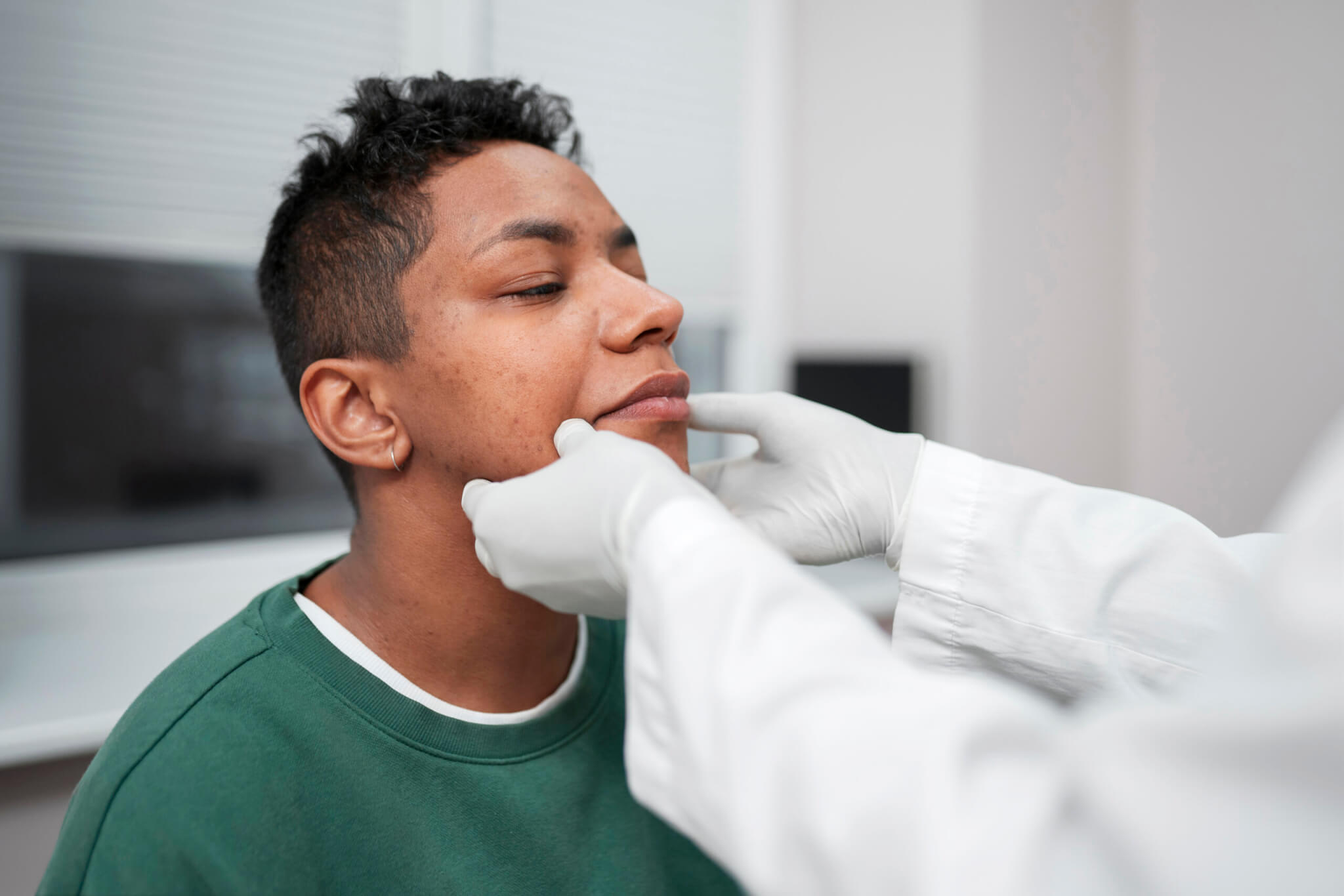Sunscreen is a cornerstone of any effective skincare routine, offering critical protection against the sun’s harmful ultraviolet (UV) rays. Yet, with terms like SPF, broad-spectrum, and water resistance floating around, choosing and using sunscreen can feel overwhelming. At Dermartisan, we believe that informed choices lead to healthier skin. This comprehensive guide demystifies SPF, explains how to select the right sunscreen for your needs, and shares best practices for applying it effectively to ensure maximum protection.
What is SPF, and Why Does It Matter?
SPF, or Sun Protection Factor, measures a sunscreen’s ability to protect your skin from UVB rays—the type of ultraviolet radiation responsible for sunburn and a significant contributor to skin cancer. The SPF number indicates how long it takes for UVB rays to redden protected skin compared to unprotected skin. For example, if you typically burn after 10 minutes in the sun, an SPF 30 sunscreen theoretically extends that time to 300 minutes (10 minutes x 30).
However, SPF doesn’t tell the whole story. It doesn’t account for UVA rays, which penetrate deeper into the skin, causing premature aging and contributing to skin cancer risk. This is where broad-spectrum sunscreens come in, offering protection against both UVA and UVB rays. Understanding SPF and its limitations is the first step to making informed decisions about sun protection.
Decoding SPF Numbers: What’s the Right Level for You?
Sunscreens come with SPF ratings ranging from 15 to 100 or higher, but higher isn’t always better. Here’s a breakdown of common SPF levels and their uses:
-
SPF 15: Blocks about 93% of UVB rays. Suitable for minimal sun exposure, such as short walks or errands on cloudy days.
-
SPF 30: Blocks about 97% of UVB rays. Ideal for everyday use, including moderate outdoor activities like casual walks or light gardening.
-
SPF 50: Blocks about 98% of UVB rays. Recommended for extended outdoor activities, such as hiking, beach trips, or sports, especially for fair skin types.
-
SPF 100: Blocks about 99% of UVB rays. May be beneficial for high-risk individuals (e.g., those with a history of skin cancer) or extreme conditions, like high-altitude environments.
Dermatologists generally recommend SPF 30 or higher for daily use, as it balances effective protection with practical application. Higher SPFs offer marginally more protection but require the same diligent application to be effective. No sunscreen blocks 100% of UV rays, so relying solely on high SPF without proper use is a common mistake.
Choosing the Right Sunscreen for Your Skin Type
Not all sunscreens are created equal, and your skin type plays a significant role in finding the perfect formula. Here’s how to choose based on your skin’s needs:
1. Oily or Acne-Prone Skin
For oily or acne-prone skin, look for non-comedogenic sunscreens labeled “oil-free” or “mattifying.” Gel-based or lightweight fluid sunscreens, often formulated with ingredients like niacinamide or silica, help control shine without clogging pores. Mineral sunscreens containing zinc oxide or titanium dioxide are less likely to irritate sensitive, acne-prone skin.
2. Dry or Sensitive Skin
If your skin is dry or sensitive, opt for creamy or lotion-based sunscreens with hydrating ingredients like hyaluronic acid, glycerin, or ceramides. Mineral sunscreens are often gentler than chemical ones, as chemical filters like avobenzone or oxybenzone can sometimes cause irritation.
3. Combination Skin
Combination skin benefits from lightweight lotions or hybrid formulas that balance hydration and oil control. Look for broad-spectrum sunscreens with a non-greasy finish to avoid exacerbating oiliness in the T-zone while keeping drier areas comfortable.
4. Mature Skin
For mature skin concerned with signs of aging, choose sunscreens with added antioxidants like vitamin C or E, which combat free radical damage caused by UV exposure. Tinted mineral sunscreens can also provide light coverage to even out skin tone while protecting against both UV and visible light.
5. Darker Skin Tones
Darker skin tones are prone to hyperpigmentation, which UV exposure can worsen. Look for broad-spectrum sunscreens with a sheer or tinted finish to avoid a white cast, a common issue with some mineral sunscreens. Chemical sunscreens or hybrid formulas often blend seamlessly into deeper skin tones.
When shopping, check for the “broad-spectrum” label to ensure protection against both UVA and UVB rays. Additionally, consider water-resistant formulas if you’ll be swimming or sweating, but note that no sunscreen is fully waterproof—reapplication is key.
Chemical vs. Mineral Sunscreens: What’s the Difference?
Sunscreens fall into two main categories: chemical and mineral (also called physical). Understanding their differences can help you choose the best option for your lifestyle and skin type.
-
Chemical Sunscreens: These contain organic compounds (e.g., avobenzone, octinoxate) that absorb UV rays, convert them to heat, and release them from the skin. They’re lightweight, blend easily, and are often preferred for daily use. However, they may irritate sensitive skin and require about 15-20 minutes to become effective after application.
-
Mineral Sunscreens: These use zinc oxide or titanium dioxide to physically block and reflect UV rays. They’re effective immediately upon application and are less likely to cause irritation, making them ideal for sensitive skin or children. However, they can feel heavier and may leave a white cast, though modern formulations have improved transparency.
Your choice depends on your skin’s needs, application preferences, and activities. For example, mineral sunscreens are better for immediate sun exposure, while chemical sunscreens suit those who prefer a lightweight feel.
How to Use Sunscreen Effectively: Best Practices
Even the best sunscreen won’t protect you if used incorrectly. Follow these expert tips to maximize protection:
1. Apply the Right Amount
Most adults need about one ounce (a shot glass full) of sunscreen to cover the entire body. For the face alone, use about a nickel-sized dollop or two finger-lengths of product. Skimping on quantity reduces protection significantly.
2. Apply Early and Often
Apply sunscreen 15-30 minutes before sun exposure to allow chemical filters to activate. Reapply every two hours, or immediately after swimming, sweating, or towel-drying, even with water-resistant formulas.
3. Don’t Skip Key Areas
Commonly missed spots include the ears, neck, backs of hands, and tops of feet. For the scalp, use spray sunscreens or wear a hat. Lip balm with SPF protects delicate lip skin.
4. Use Sunscreen Daily
UV rays penetrate clouds and windows, so apply sunscreen daily, regardless of weather or indoor time. Incorporate it into your morning skincare routine after moisturizer but before makeup.
5. Pair with Other Protective Measures
Sunscreen is just one part of sun protection. Wear protective clothing, seek shade during peak sun hours (10 a.m. to 4 p.m.), and use sunglasses to shield your eyes. These measures complement sunscreen for comprehensive protection.
Common Sunscreen Myths Debunked
Misinformation about sunscreen can lead to inadequate protection. Let’s set the record straight:
-
Myth: You don’t need sunscreen on cloudy days.
Truth: Up to 80% of UV rays penetrate clouds, so sunscreen is essential year-round. -
Myth: Dark skin doesn’t need sunscreen.
Truth: While darker skin has more natural melanin, it’s still susceptible to UV damage, hyperpigmentation, and skin cancer. -
Myth: High SPF means you don’t need to reapply.
Truth: All sunscreens require reapplication every two hours or after water exposure, regardless of SPF. -
Myth: Makeup with SPF is enough.
Truth: Makeup typically doesn’t provide enough SPF or coverage for adequate protection. Layer a dedicated sunscreen underneath.
The Long-Term Benefits of Consistent Sunscreen Use
Using sunscreen consistently offers more than just sunburn prevention. It significantly reduces the risk of skin cancer, including melanoma, the deadliest form. It also slows premature aging by preventing wrinkles, fine lines, and age spots caused by UVA rays. For those with conditions like melasma or rosacea, sunscreen can help manage flare-ups triggered by sun exposure.
At Dermartisan, we’re committed to helping you achieve healthy, radiant skin. Incorporating a broad-spectrum SPF 30 or higher into your daily routine is one of the most effective ways to protect your skin’s health and appearance over time.
Conclusion: Make Sunscreen Your Skin’s Best Friend
Choosing and using sunscreen effectively doesn’t have to be complicated. By understanding SPF, selecting a product tailored to your skin type, and following proper application techniques, you can shield your skin from UV damage while maintaining a healthy glow. Whether you’re heading to the beach or just stepping out for errands, make sunscreen a non-negotiable part of your skincare routine. Your skin will thank you for years to come.
For personalized skincare advice and premium sunscreen recommendations, explore Dermartisan’s curated collection at Dermartisan.com. Protect your skin today for a healthier tomorrow.






